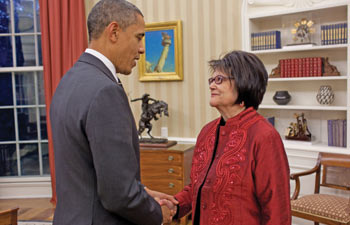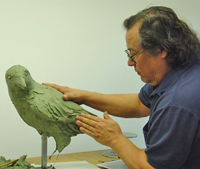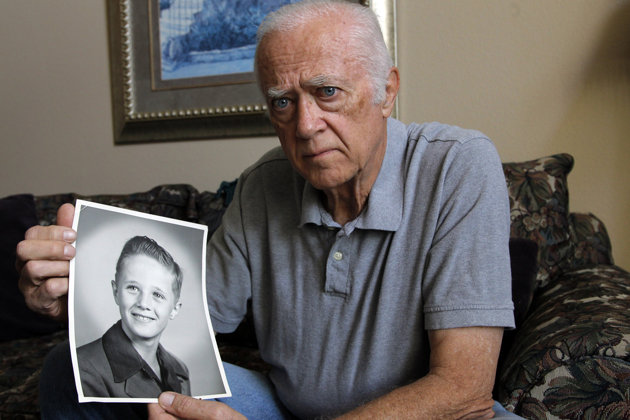Whole Foods Market, Trader Joe’s are among those who won’t sell the engineered salmon despite an FDA finding that it would be as safe to eat as conventional salmon.
By Andrew Pollack, The New York Times
Several supermarket chains have pledged not to sell what could become the first genetically modified animal to reach the nation’s dinner plates — a salmon engineered to grow about twice as fast as normal.
The supermarkets — including Whole Foods Market, Trader Joe’s and Aldi — stated their policies in response to a campaign by consumer and environmental groups opposed to the fish. The groups are expected to announce the chains’ policies Wednesday. The supermarket chains have 2,000 stores in all, with 1,200 of them belonging to Aldi, which has outlets stretching from Kansas and Texas to the East Coast.
“Our current definition of sustainable seafood specifies the exclusion of genetically modified organisms,” a spokeswoman for Aldi said in a statement that also said the policy might evolve over time.
She said the company would not comment further.
The salmon is now awaiting approval from the Food and Drug Administration, which in December concluded that the fish would have “no significant impact” on the environment and would be as safe to eat as conventional salmon. The agency is accepting public comments on its findings until April 26.
Under existing FDA policies, the salmon, if approved, would probably not be labeled as genetically engineered. The agency has said that use of genetic engineering per se does not change a food materially.
The campaign by the environmental and consumer groups suggests that the salmon could have trouble winning acceptance in the market, assuming consumers could identify it.
“Consumers do not want to eat genetically engineered fish, and stores are starting to pick up on it,” said Eric Hoffman, food and technology policy campaigner for Friends of the Earth, one of the 30 organizations that sent letters to retailers asking them to promise not to carry the salmon.
Other organizations involved include the Center for Food Safety and Consumers Union.
Still, the 2,000 stores covered by the pledges so far represent only a small fraction of the estimated 36,500 U.S. supermarkets, and some already had policies against genetically engineered seafood. Whole Foods, which recently announced that all genetically engineered food sold in its stores would have to be labeled by 2018, caters to consumers more likely than most to pay higher prices to avoid genetically modified ingredients.
Hoffman said he was confident that other grocers, including some more mainstream ones, would sign on.
“We haven’t heard any solid noes from anyone,” he said.
Ronald L. Stotish, chief executive of AquaBounty Technologies, which developed the salmon, said of the pledges: “I would be disappointed, but it’s their right. No one will ever be forced to purchase our products.”
But he added, “We think we have a safe and healthy product that we hope will be given a chance to be fairly judged by consumers.”
The fish, the AquAdvantage salmon, is a farmed Atlantic salmon that contains a growth hormone gene from the chinook salmon and a genetic switch from the ocean pout that keeps the transplanted gene continuously active. The salmon can grow to market weight in as little as half the time required by other farmed Atlantic salmon, AquaBounty says.
Critics say that the fish has not been tested adequately for safety and that it might outcompete wild salmon for food or mates should it ever escape. AquaBounty says its fish are sterilized and would be grown in inland tanks, with little chance of escape.
The groups against the fish say that Marsh Supermarkets, with about 90 stores in Ohio and Indiana, and PCC Natural Markets, with nine stores in Washington state, had also agreed not to carry the genetically modified salmon. Marsh did not return calls seeking verification.
AquaBounty, which is based in Maynard, Mass., has been close to running out of money. Friday, shareholders approved the sale of new shares worth $6 million, which the company has said would be enough to keep it afloat for at least another year.
Most of the new shares are being acquired by the Intrexon Corp., bringing its stake in AquaBounty to 53.8 percent. Intrexon specializes in synthetic biology, an advanced form of genetic engineering, and is controlled by Randal J. Kirk, a biotechnology entrepreneur.
















